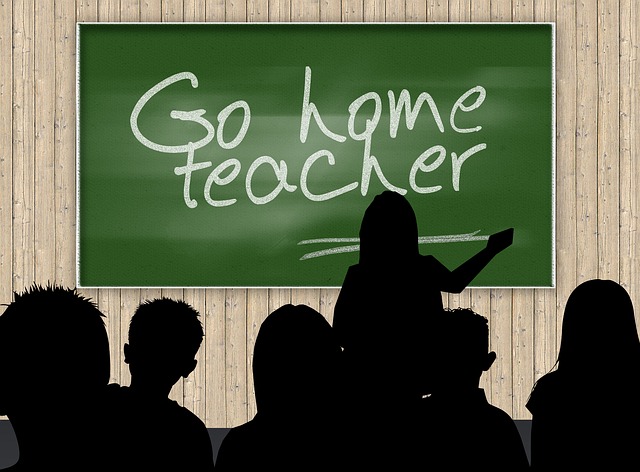Effective communication (reading): building bridges to understanding (Part 2)
We all know the adage, “reading maketh a man” or [woman]. Many of us have never stopped to figure out what this adage really means. But, some of us assume that if we are able to read we will possess knowledge and wisdom. Knowledge here means information, while wisdom is our ability to act on the knowledge which we possess. That is, to manipulate it for our ends.
Reading is an important part of communication. There is much information which is hidden in books and in other media. But many of us do not bother to seek it out. We are content with what we already know. Or, we say that the written or other texts are of not much use to us since “life” is a great teacher, which it is. But, the perspectives of others from all fields of knowledge which have been published in books and in other media have, for a long time, been shaping/impacting the way we see and interact with our world. We owe it to ourselves to acquaint ourselves with some of these perspectives.
When we read we must realise that we are beginning an exploration into the perspective of the writer. The writer has taken a set of “facts” and has interpreted them to derive her/his perspective. Therefore, whatever we read in books and in other media should not be accepted as is, uncritically. There are many writers who have presented varying perspectives on an issue. These perspectives all have some legitimate claim as being knowledge. We should tell our students this. We should expose them to as many perspectives of an issue as is possible. And we should provide them with the strategies to interrogate these perspectives.
When we read, we do more than pronounce the words correctly.
We want to know why the writer has produced the bit of writing. We are looking for reasons. Is the writer writing to inform us about a phenomenon or some phenomena, to persuade us to accept a particular perspective or to entertain us, among a number of other motivations?
What is the writer’s stance? Is the writer neutral? Has the writer taken a position? That is, is the writer supporting a position or is the writer against a position? Why?
When we ask and try to answer questions as we read, we are reading critically. And the answers to the questions we ask will help us to understand the writer’s purpose in writing the piece and will, in turn, determine our response to it.
We may ask a myriad of questions about the bit of writing. For example: What is the writing about? What evidence does the writer provide to support her/his point of view? From what ideas is the writer drawing? How does the writer view the world? How do I feel after reading the bit of writing? How does the writer achieve her/his purpose? How does the writer use language? What figures of speech does he/she use? What impact do these figures of speech have on us, the readers? To what extent do we agree with the writer’s perspective and why? What knowledge do we lack which is preventing us from fully understanding what we are reading? Who is writing the piece or who is the piece about? Where is the story or where are the events taking place? When are they taking place? Why is the writer telling us these things?
In reading, therefore, we are exploring the perspective of the writer. When we explore the perspectives of others we are not abandoning our perspective/s. We are trying to understand the points of view of others. And in trying to understand the point of view of others we are trying to find meaning in their positions; we are trying to grasp the nature of their positions; we want to know what they are talking about. We are developing our knowledge.
Read the other parts of this article at the following links:
Part 1
Part 3
Part 4
Read the other parts of this article at the following links:
Part 1
Part 3
Part 4



Comments
Post a Comment